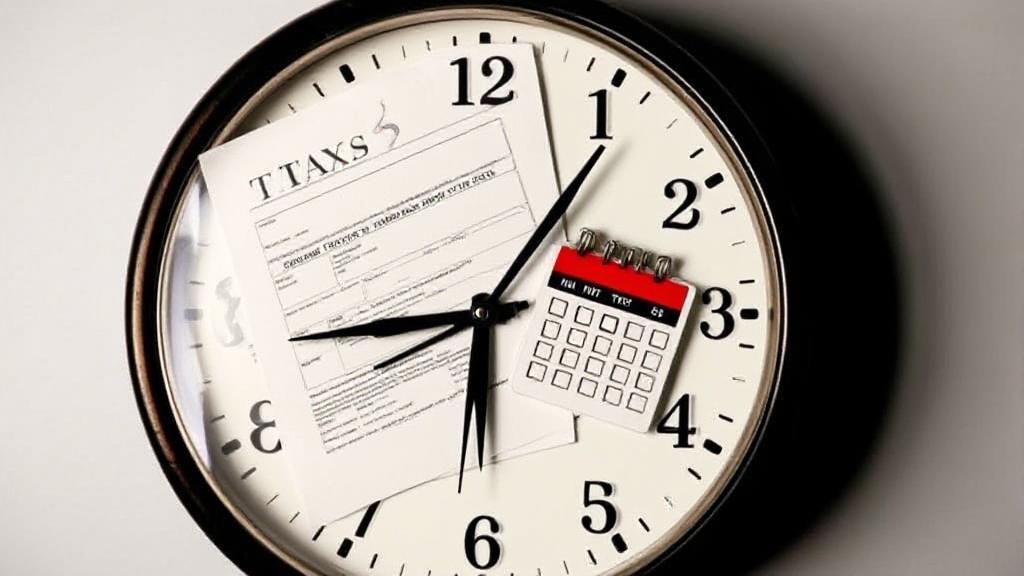Initial Processing Timeline
The Internal Revenue Service (IRS) processes tax returns according to specific timelines that vary based on filing method and other factors. Understanding these timelines can help you better manage your financial planning.
Electronic vs. Paper Filing
-
Electronic Filing (e-filing):
- Fastest and most secure filing method
- Generally processed within 21 days
- Reduces errors and speeds up processing
- Recommended by the IRS
-
Paper Filing:
- Takes 6-8 weeks for normal processing
- Can extend to 8-12 weeks during peak season
- More prone to errors
- Significantly slower than e-filing
Factors Affecting Processing Time
Several elements can impact how quickly your return is processed:
- Method of filing
- Accuracy of information provided
- Complexity of the return
- Current IRS workload
- Whether you're claiming certain credits
Processing Timeframes by Filing Method
| Filing Method | Normal Processing Time | Peak Season Processing Time |
|---|---|---|
| E-file | 21 days | 21-30 days |
| Paper filing | 6-8 weeks | 8-12 weeks |
| Amended return | Up to 16 weeks | 16-20 weeks |
Common Delays and Special Circumstances
Earned Income Tax Credit (EITC) and Additional Child Tax Credit
If you claim either of these credits, the PATH Act requires the IRS to hold your refund until at least mid-February, regardless of when you file.
Additional Review Requirements
Your return might need extra processing time if it:
- Contains errors
- Is incomplete
- Requires additional review
- Is affected by identity theft or fraud
- Includes Form 8379 (Injured Spouse Allocation)
Tracking Your Return
The IRS provides several ways to monitor your return's status:
- Where's My Refund? tool on IRS.gov
- IRS2Go mobile app
- IRS refund hotline: 800-829-1954
Pro Tip: The "Where's My Refund?" tool updates once daily, usually overnight. Checking multiple times per day won't provide new information.
Tips for Faster Processing
Before Filing
- Gather all necessary documents
- Double-check all information
- Use direct deposit for refunds
- File electronically if possible
After Filing
- Keep copies of all documents
- Monitor your return status
- Respond promptly to any IRS notices
- Be patient during peak filing periods
When to Contact the IRS
Wait to contact the IRS unless:
- It's been more than 21 days since e-filing
- It's been more than 6 weeks since paper filing
- The "Where's My Refund?" tool directs you to contact them
Contact Methods
- Phone: 800-829-1040
- Local IRS office (by appointment)
- Taxpayer Advocate Service for hardship cases
For more detailed information, always refer to the official IRS website or consult with a tax professional.
